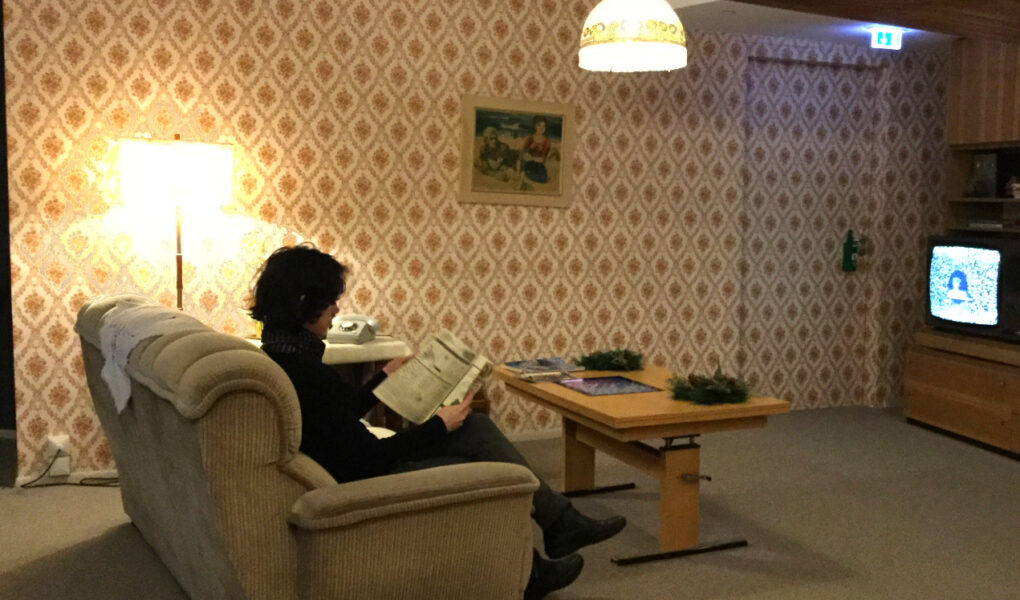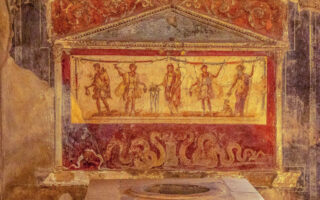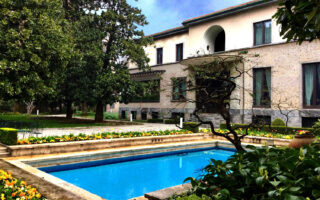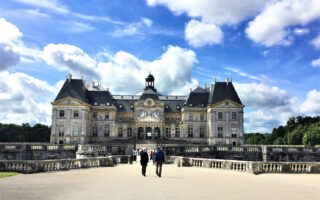Today’s motto is “Rise and shine and break free!”
What was life like in East Germany before the Wall’s fall?
In 1989, East and Western Berliners tore down the Wall that had split their country since 1961.
Thirty-one years after German reunification, memories of the former DDR, the German (Deutsche) Democratic Republic, are still vivid. So, today let’s step back in time to experience what life was like in East Germany before the Berlin Wall’s fall. All we have to do is visit one of Berlin’s most popular attractions: the DDR Museum. Here, visitors have a hands-on experience of daily life under the Soviet Union’s influence.
What were East German houses like in the 1970s?
You can easily find the answer to this question by entering the reconstruction of a typical ’70s apartment in the DDR Museum. And it’s also a lot of fun! You can try on authentic clothes in the bedroom, or watch TV and read newspapers in the living room (well, if you can speak German). But I especially enjoyed looking around the kitchen to sneak a peek inside the cupboard and check out the traditional recipes on a screen. When it comes to cooking, expanding your culinary horizons can open your palates up to a range of new flavours. So, what I suggest you is to print the recipes that look most delicious to you. (Yes, there is a printer). Then, try at home, as I did.
What were the most popular forms of entertainment in East Germany?
Certainly, cinema is on the list. The state-controlled German film industry served as a tool of propaganda, to influence the masses’ opinion. And yet some ‘ideologically safe’ Western movies were allowed to play in East Germany, such as Kramer vs Kramer. Books were also cheap and meet cultural and political requirements.
In the 1970s, fast food became a trend across the country. East Germany put out its own versions of West German offerings with different names. For example, hot dogs were ketwurst, that is a combination of ketchup and wurst (German for sausage), while the grilled chicken was the broiler. But also other countries influenced East German cuisine, such as Russia of course.
Could you leave East Germany?
The East German government adopted many severe travel restrictions. So, crossing the inner German border was like a dream coming true for many citizens. Only very few exceptions were allowed: pensioners and those on ‘urgent family business’, like births, marriages and deaths of close relatives. However, they had to go through a long (and unpredictable) process and leave their spouses behind. As a result, many people tried to flee, mainly for economic and political reasons. But only very few succeeded, especially since the building of the Wall. The Stasi (State Security Service) was vigilant and active in spying on the population and fighting dissidents. The permanent collection also includes a mock-up Stasi office and a prison cell.
That’s all for today, but you can continue your visit and browse the online database. See you next time!



